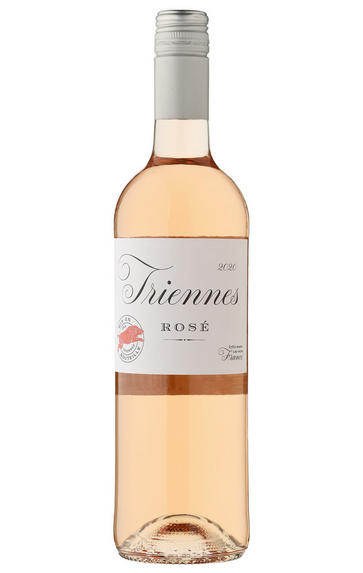
About this WINE
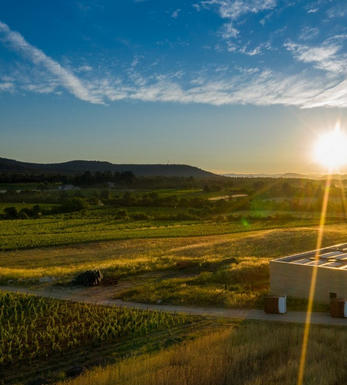
Domaine de Triennes
Domaine de Triennes was founded in 1989 by two superstars of Burgundy, Jacques Seyss of Domaine Dujac and Aubert de Villaine of Domaine de la Romanée-Conti. This estate, high up in the hills of the Var region of Provence, is fast establishing itself as one of the finest in the region.
Situated deep in truffle country, vines have been grown here for two thousand years. The name of the estate comes from the triennia, the festivities held in honour of Bacchus that took place every three years in Roman times.
This 40 hectare domaine boasts a range of grape varieties including Syrah, Viognier, Carignan, Cinsault, Chardonnay, Cabernet Sauvignon and Merlot. The cool nights and slow ripening produces top quality fruit that is shaped into ripe but extremely elegant wines by Jacques's talented son, Jeremy, who runs the estate.
Domaine de Triennes have an organic Ecocert certification and their St. Fleur Viogner is certified Biodynamic as of the 2011 vintage.
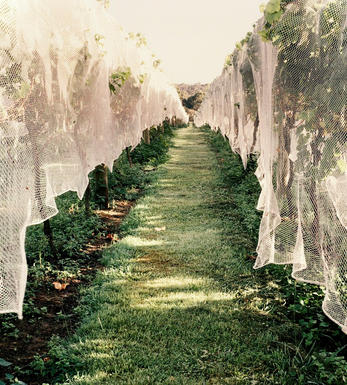
Coteaux Varois
Côteaux Varois lies in the heart of the Var department, and is sandwiched between two portions of the Côtes de Provence appellation.
It is was elevated to AOC status as recently as 1993 (having been upgraded from Vin de Pays to Vin Délimité de Qualité Supérieure in 1985). The region enjoys a Mediterranean climate, sheltered from the influences of extreme heat by the Sainte-Baume mountains. As a result, grapes are harvested in early November – two months later than the rest of Provence.
Rosé constitutes over 60 percent of the region’s production, followed by 35 percent red and a smattering of white wine.
Côteaux Varois is home to numerous grape varieties, the most prominent of which are Grenache, Cinsault, Mourvèdre, Syrah and Carignan, followed by the increasingly popular Cabernet Sauvignon and Merlot. The principal white grapes include Viogner, Roussanne, Marsanne and Chardonnay.
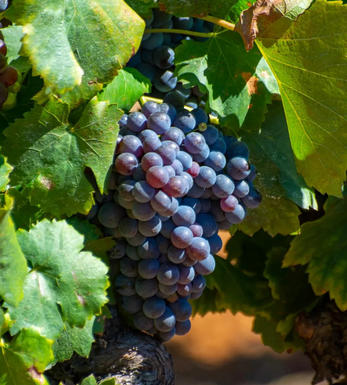
Cinsault
Cinsault (pronounced "sin-so") is a red grape variety known for its versatility and contributions to various wine regions worldwide. It has a rich history, primarily in the Languedoc region of southern France, but it has spread to many other wine-producing areas due to its adaptability to different climates.
Cinsault grapes are medium-sized with thin skins, typically dark blue to black in colour. The vines are hardy and drought-resistant grapevine, making them suitable for warm and arid climates. They are particularly well-suited to Mediterranean regions and thrive in areas with hot summers.
While Cinsault is mainly used in red wine production, it is also sometimes used in rosé wines, adding light and fruity character. It is often blended with other grape varieties to enhance the wine profile.
The variety tends to exhibit a range of flavours, including red berries, cherries, and sometimes a hint of spices. When used in rosé wines, it can bring out more floral and watermelon notes.
Tannins are typically on the lower side, which can make them more approachable and enjoyable in their youth. The variety is often used in blends to soften and round out more tannic grape varieties.
Cinsault has been a key component in traditional blends in southern France, such as in Châteauneuf-du-Pape wines. Over time, it has gained popularity in other wine regions as winemakers recognize its potential for producing high-quality wines.


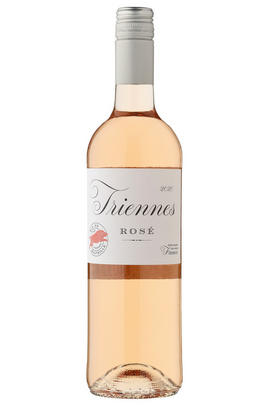
Buying options
Add to wishlist
Description
Domaine de Triennes is the Southern French collaboration between two of Burgundy’s most famous names, the Seysses family of Domaine Dujac and Aubert de Villaine of Domaine de la Romanée-Conti. This 2021 rosé is crisp, thirst-quenching and refreshing. Think of diving into a punnet of fresh summer berries: raspberry, strawberry and redcurrant all burst from the glass and invigorate the palate. This is excellent on its own or with salads and lighter dishes.
Drink now to 2024
Adam Bruntlet, Senior Buyer, Berry Bros. & Rudd (April 2022)
wine at a glance
Delivery and quality guarantee